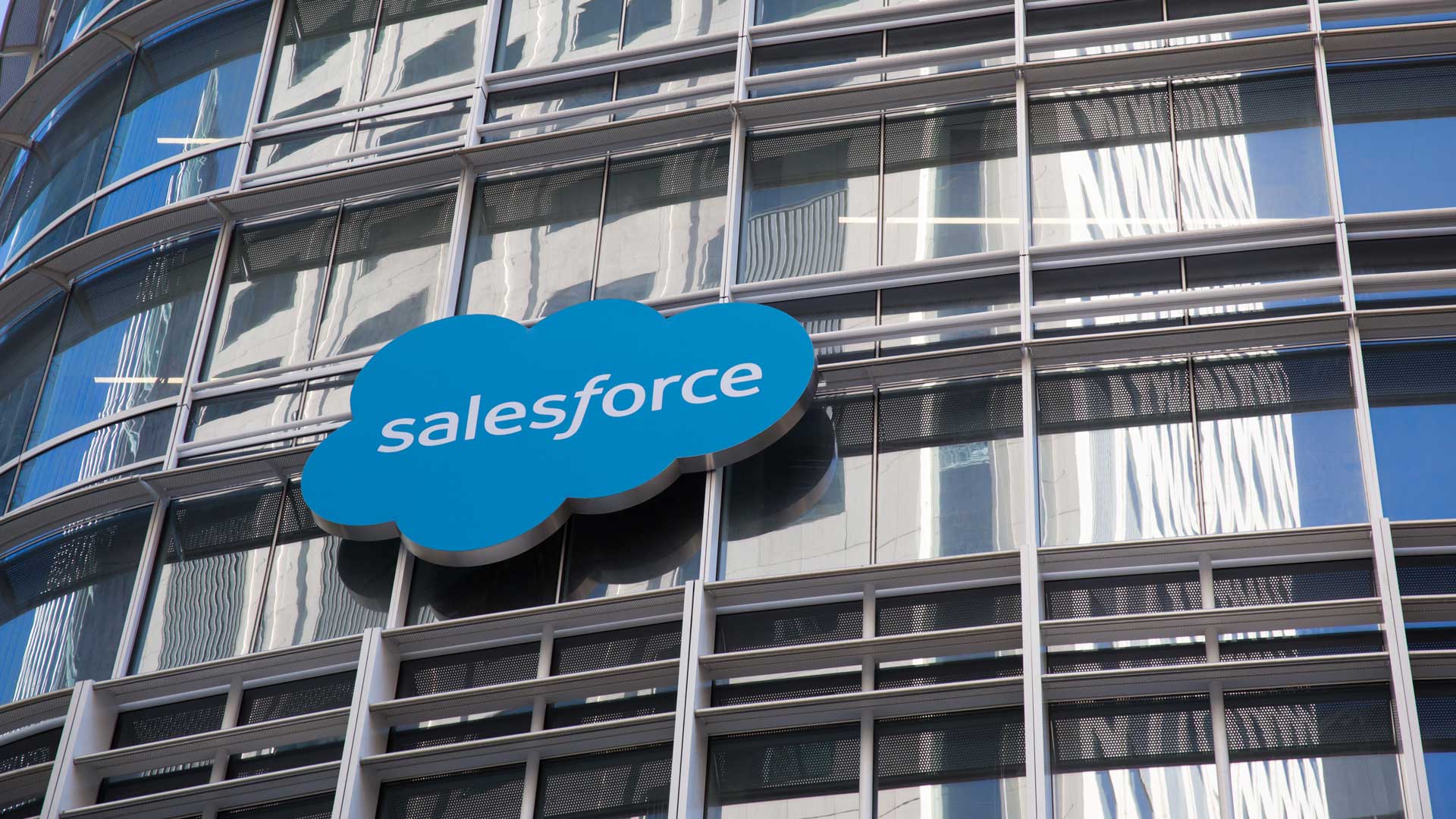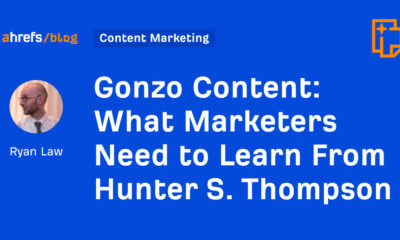On a company call this week, Salesforce executives discussed a vision for rolling out an NFT cloud service, according to a published report based on a source who asked not to be named. This could mean that marketers on the fence about whether they should get into the NFT game could have support if their business is a Salesforce customer, or if other major tech companies decide to provide a similar cloud service.
A recent Pepsi NFT effort was also brought up in the meeting, according to these reports. In December, the soft drink giant celebrated its birth year, 1893, by dropping 1,893 Pepsi-themed NFTs using the Ethereum blockchain and the OpenSea marketplace.
NFTs also headlined the 2022 predictions blog post by Salesforce, with these comments shared by Salesforce’s Director, Market Strategy Mathew Sweezy:
“Brands have been playing with NFTs for the past 18 months, however these efforts have largely been focused around art and novelty…To unlock their full potential, brands are going to have to start creating utility via the token. Time is a great example. They launched TimePieces, which is a collectible and has utility. Each NFT grants the owner unlimited access to Time’s content, special event access, and a few other small perks. In 2022, you’re going to hear a lot more about NFTs, and there will be winners and losers. Winners will move past NFT’s as simply collectable to find greater utility through the token.”
Why we care. There are a growing number of use cases for NFTs and blockchain technology that Salesforce’s customers are surely considering, from supply chain management to the ad supply chain. A Salesforce NFT cloud could help support branding initiatives, because marketers aren’t just looking to try out the new tech for novelty’s sake, they’re trying to nurture real marketing outcomes in the long-term when planning out these campaigns.
Read more: 4 key strategies for NFT brand launches
In the longer run for enterprise marketing technology companies like Salesforce that include CDPs, they might also want to explore a blockchain-based data management solution, especially if marketers and consumers find data sharing via blockchain more transparent than the current way of things, which is being overhauled by privacy legislation and the deprecation of third-party cookies.
Is Salesforce looking to rival OpenSea with their own NFT marketplace, or release their own cryptocurrency? Unlikely. However, they are in the business of supporting marketing and sales teams, and many of them are diving into NFTs.















You must be logged in to post a comment Login